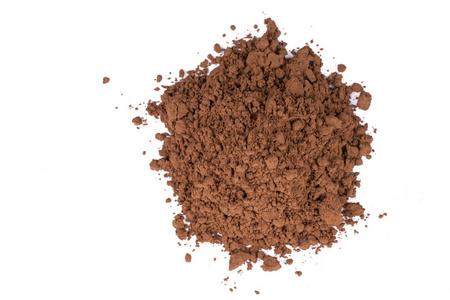**Silicone Spatulas vs. Your Omelette: Should You Trust That Flexible Friend?**
(Is Silicone Cooking Utensils Safe)
Picture this: you’re flipping a golden omelette in a sizzling pan. Your trusty silicone spatula bends smoothly under the eggs, never scratching the surface. But wait—a tiny voice in your head whispers, *“Is this thing even safe?”* Suddenly, your breakfast feels like a science experiment. Let’s slice through the confusion and see if silicone kitchen tools deserve a spot in your drawer—or the trash.
First off, what exactly is silicone? Think of it as the friendly cousin of plastic. It’s made from silica (hello, sand!) mixed with oxygen and carbon. Unlike regular plastic, it doesn’t melt into a gooey mess when things get hot. Most silicone utensils can handle temperatures up to 428°F (220°C). Your stovetop probably won’t hit that unless you’re attempting volcano-level stir-fries.
But here’s the sizzle: does silicone secretly leak chemicals into your pasta sauce? Studies show food-grade silicone stays chill under heat. It doesn’t react with acidic tomatoes or oily stir-fries. The stuff is inert—meaning it won’t throw a chemical party in your curry. Just make sure your tools are labeled “food-grade.” If your spatula came from a questionable $1 bin, maybe keep it away from your pancakes.
Now, let’s talk scratches. Metal utensils can turn your non-stick pans into modern art—covered in ugly marks. Silicone glides over surfaces like a yoga instructor in downward dog. No scratches, no drama. But not all silicone is created equal. Cheap versions might stiffen or crack over time. Bend your spatula. If it bounces back like a trampoline, you’re good. If it creaks like a haunted house floor, toss it.
What about the dishwasher? Toss silicone tools in there guilt-free. They won’t warp or fade. Just avoid resting them against heating elements. And that faint rubbery smell when new? Wash it with soapy water before use. The odor fades faster than your enthusiasm for kale salads.
Some folks worry silicone is too “new” to trust. Truth is, it’s been in medical gear and baby bottle nipples for decades. If it’s safe enough for hospitals and babies, your muffin batter is probably fine. Still nervous? Check for FDA approval or LFGB certification—these mean it’s passed food-safety tests.
Compare silicone to old-school materials. Wood spoons harbor bacteria in cracks. Metal can react with acidic dishes. Plastic melts into your soup. Silicone? It’s like the Goldilocks of kitchen tools—not too hard, not too soft, just right.
Ever seen a silicone utensil stained by turmeric or tomato sauce? A quick scrub with baking soda usually does the trick. If not, embrace the color. That pink spatula isn’t dirty—it’s “seasoned.”
One final tip: high heat can still stress silicone. Never leave it resting on a hot pan edge. Treat it like a guest at your stove—let it help, but don’t make it sit in the fire.
(Is Silicone Cooking Utensils Safe)
So next time you’re scrambling eggs or scraping cookie dough, ask yourself: does your silicone tool feel sturdy? Is it labeled food-grade? If yes, keep cooking. That spatula isn’t just safe—it’s basically the superhero of your kitchen drawer.
Inquiry us
if you want to want to know more, please feel free to contact us. (nanotrun@yahoo.com)




